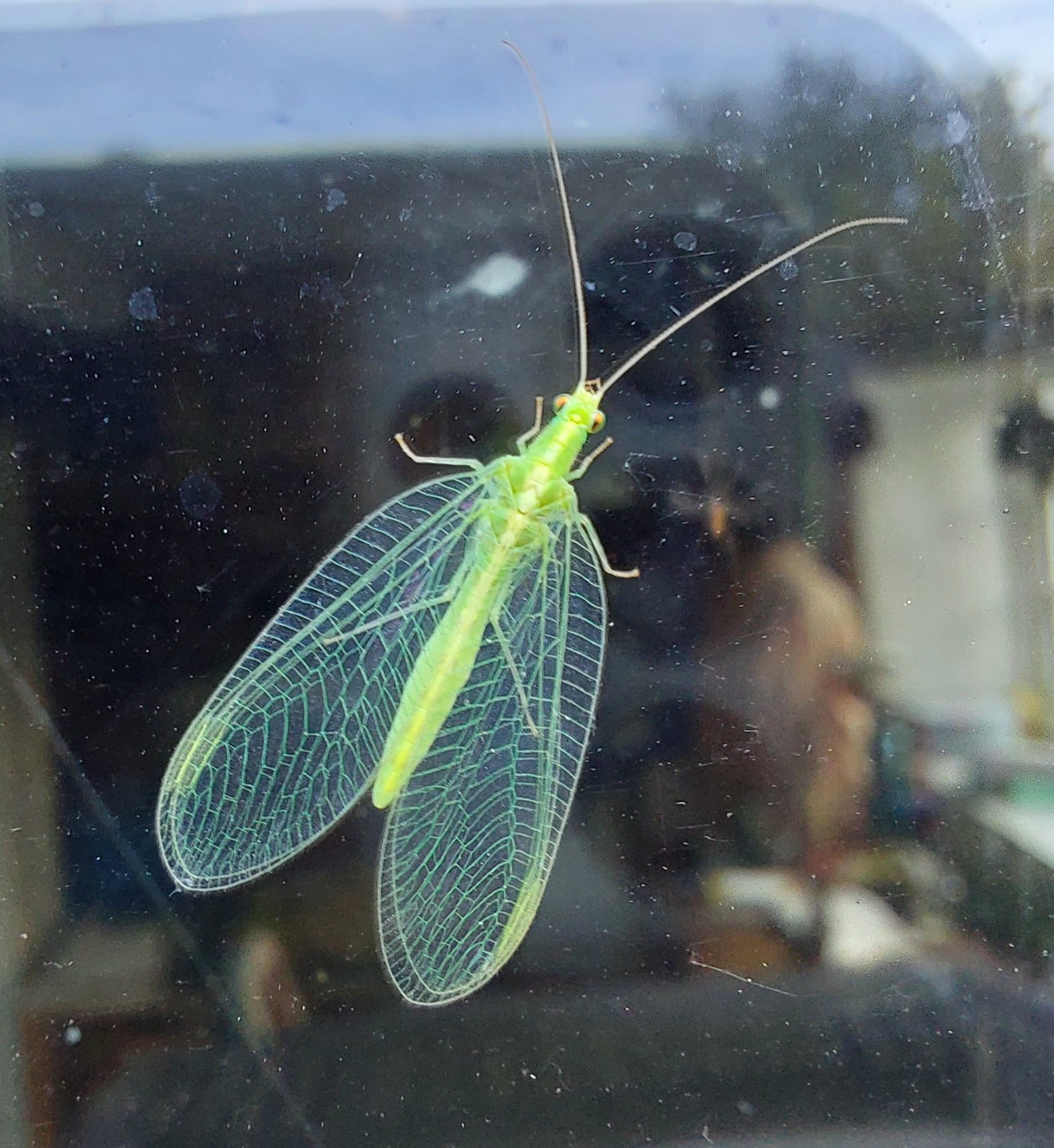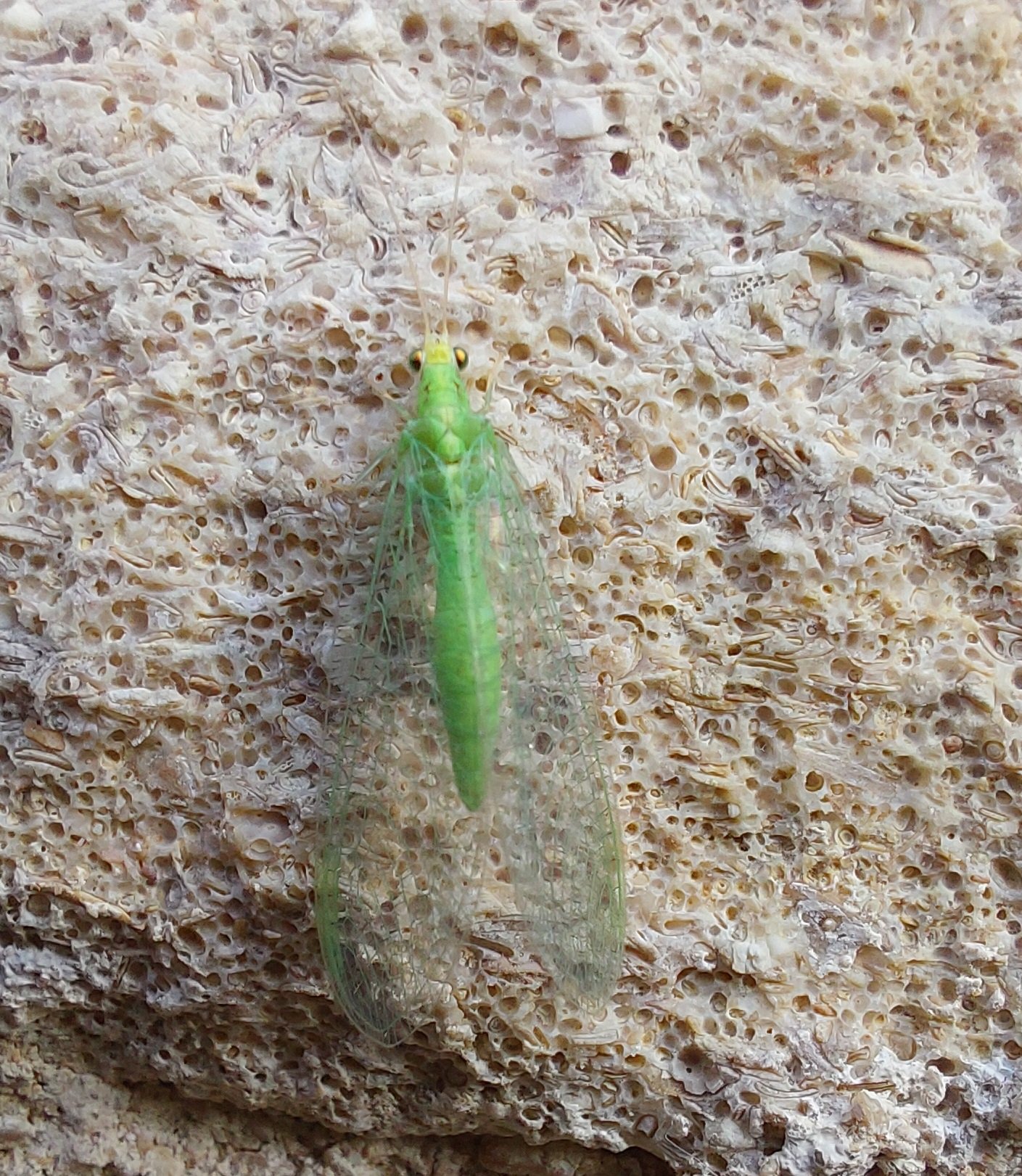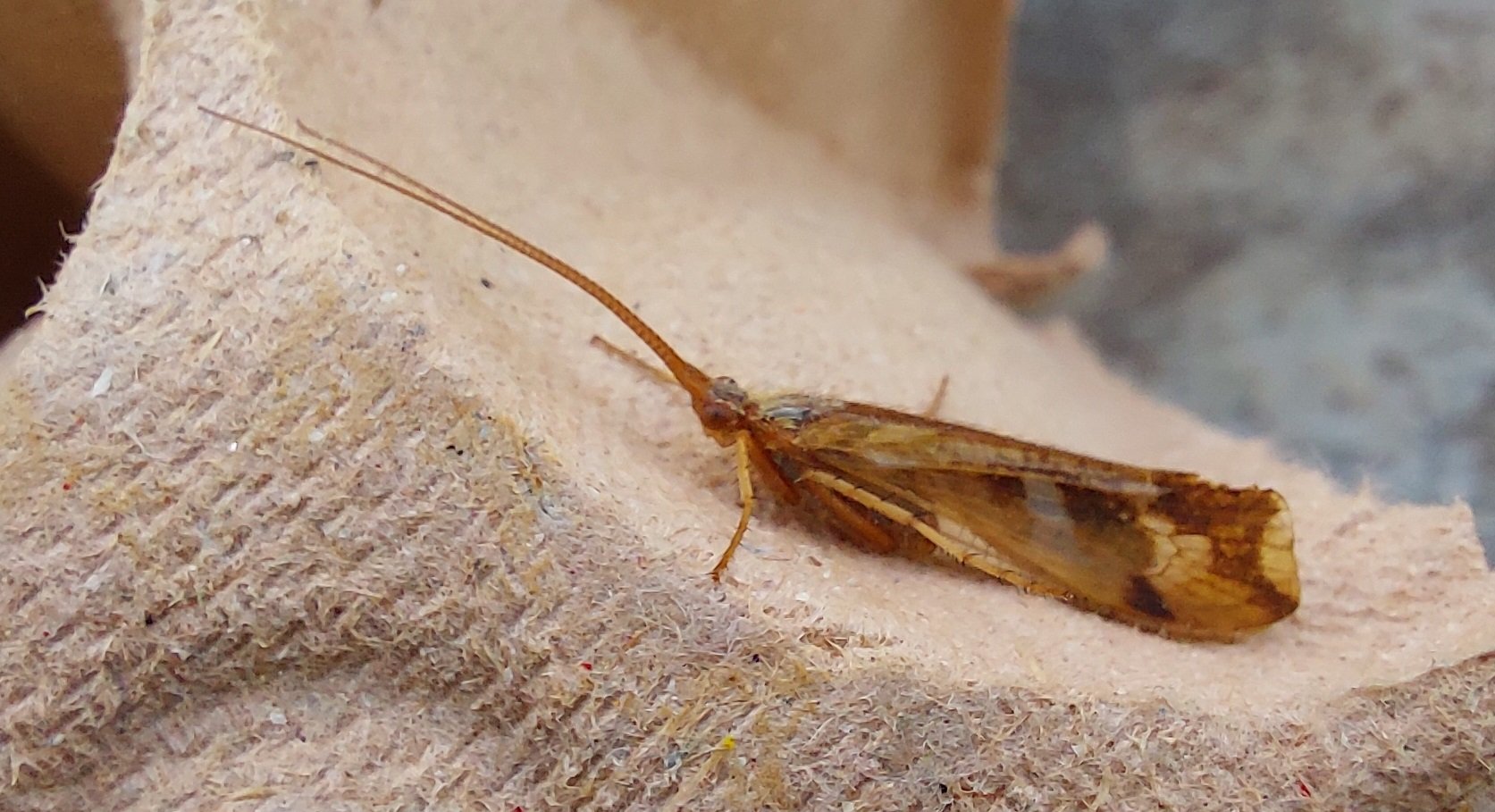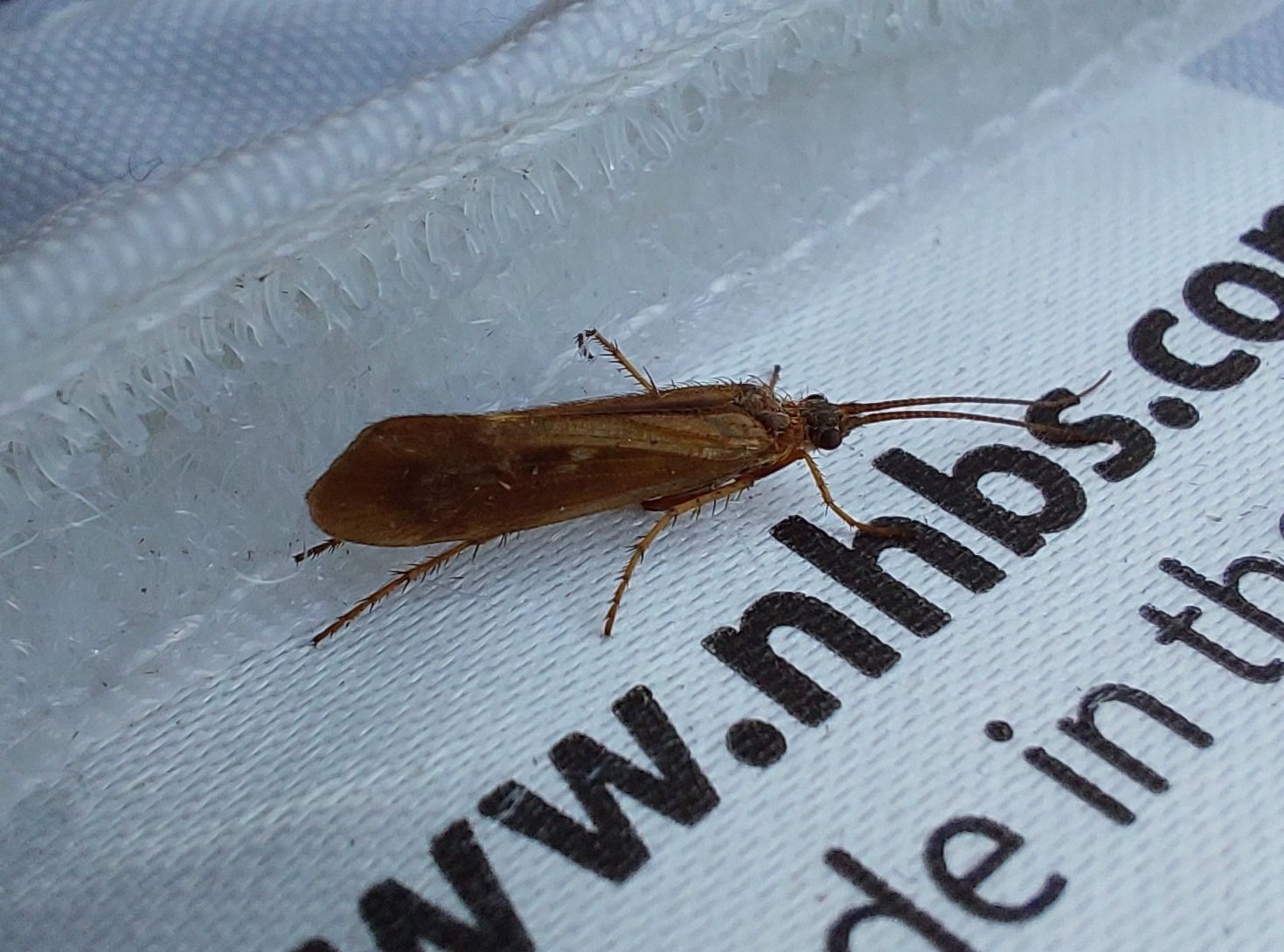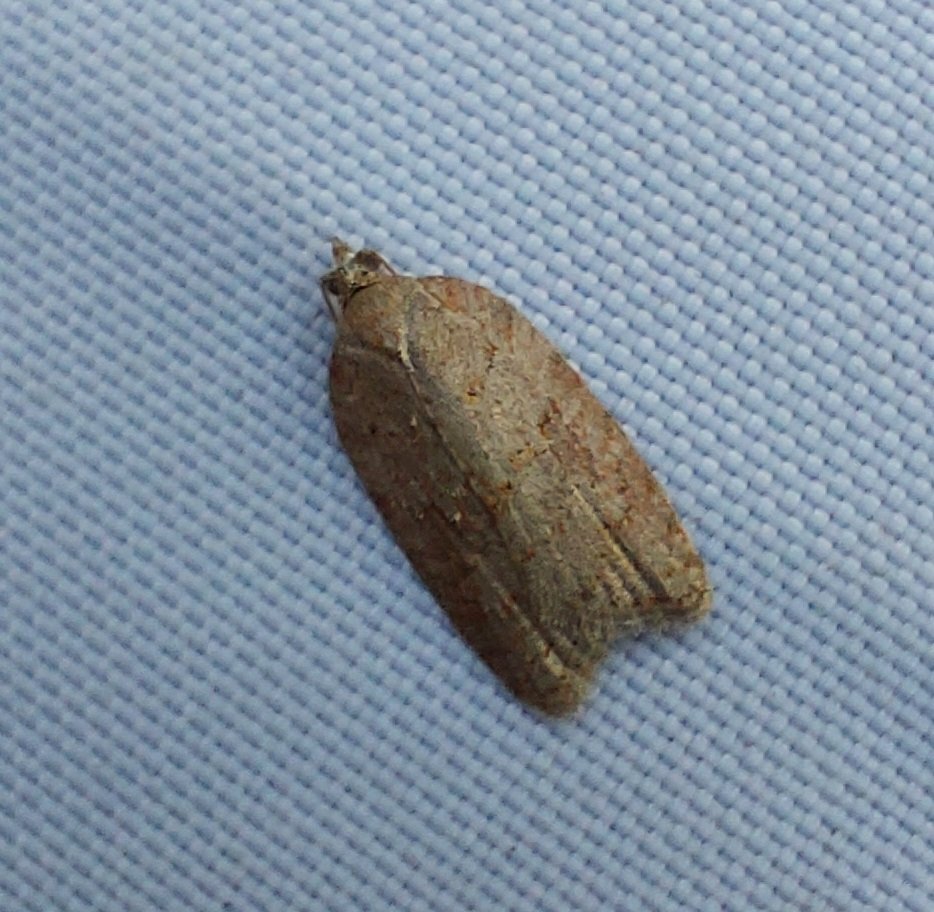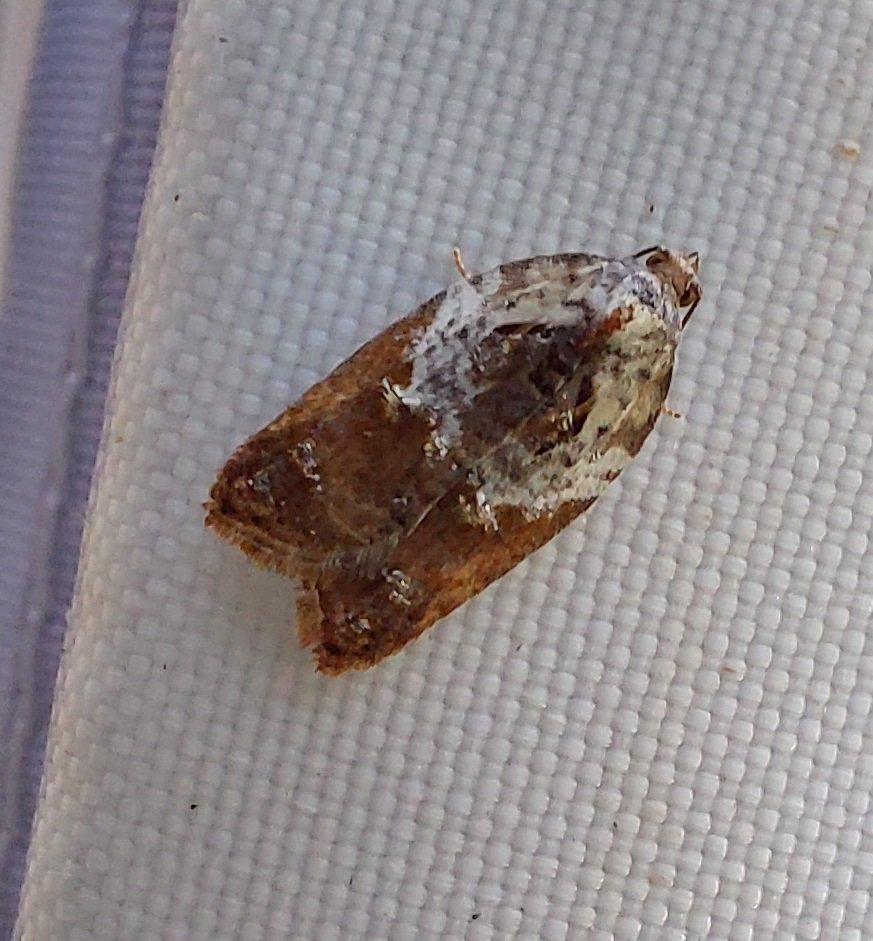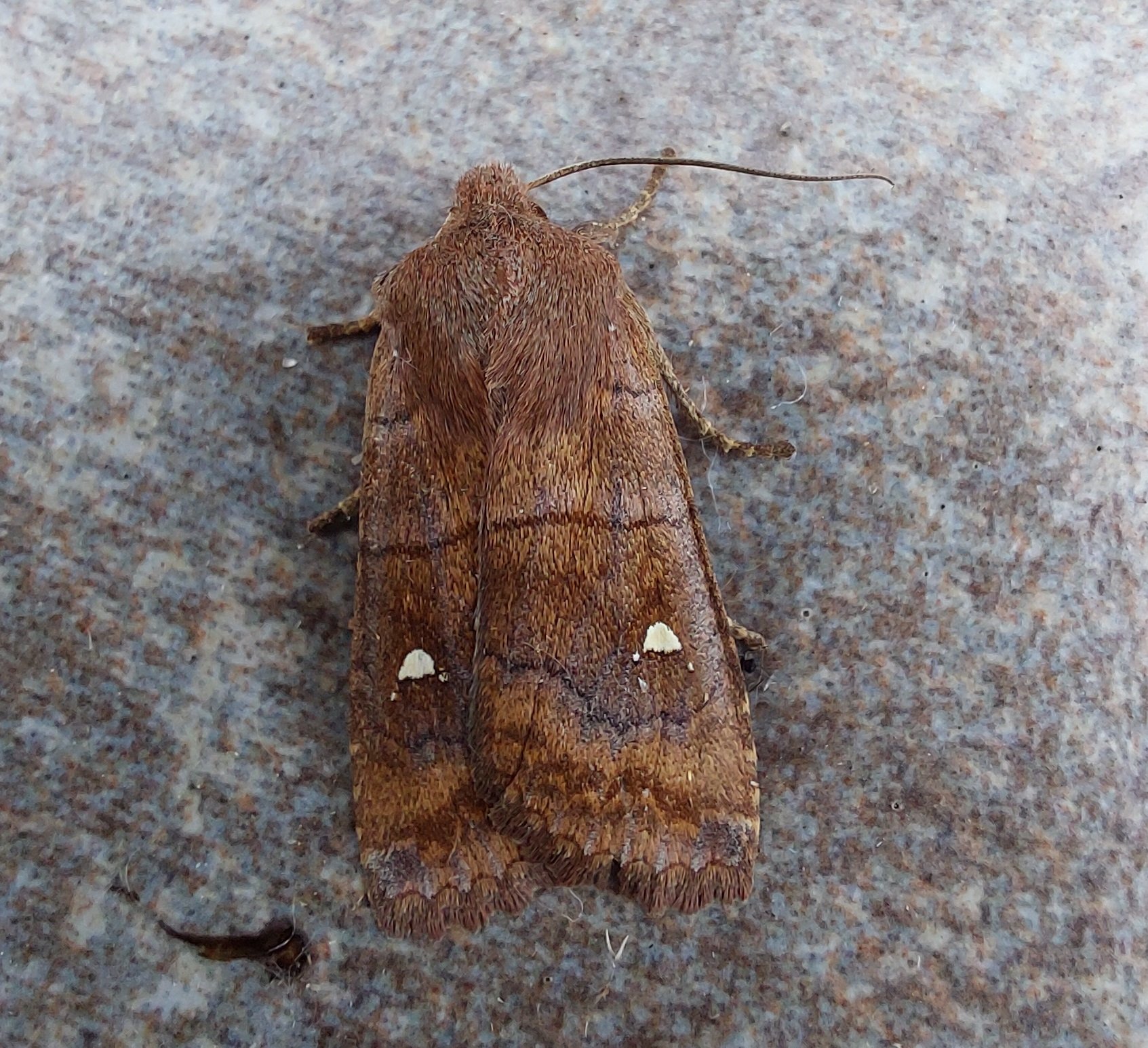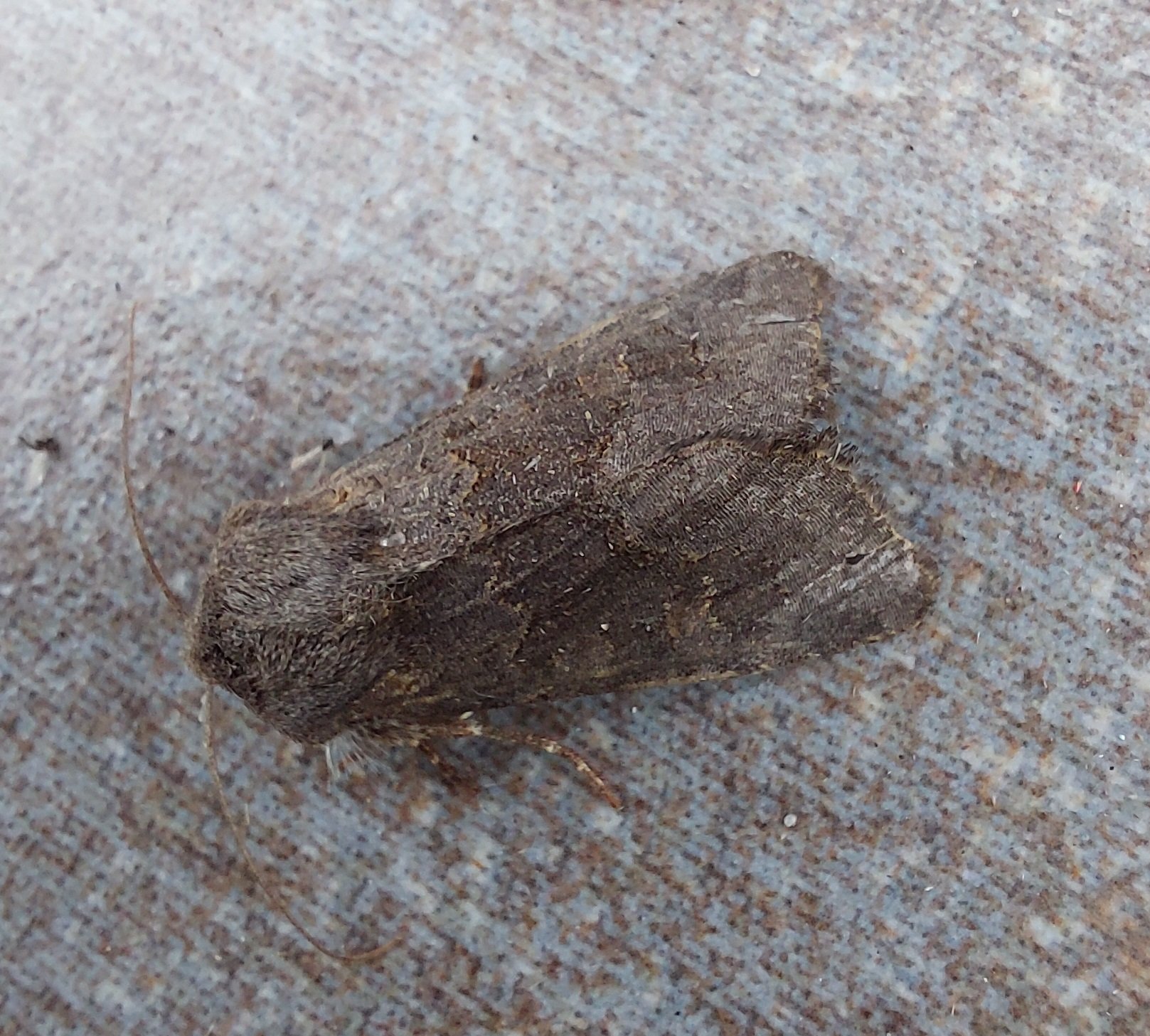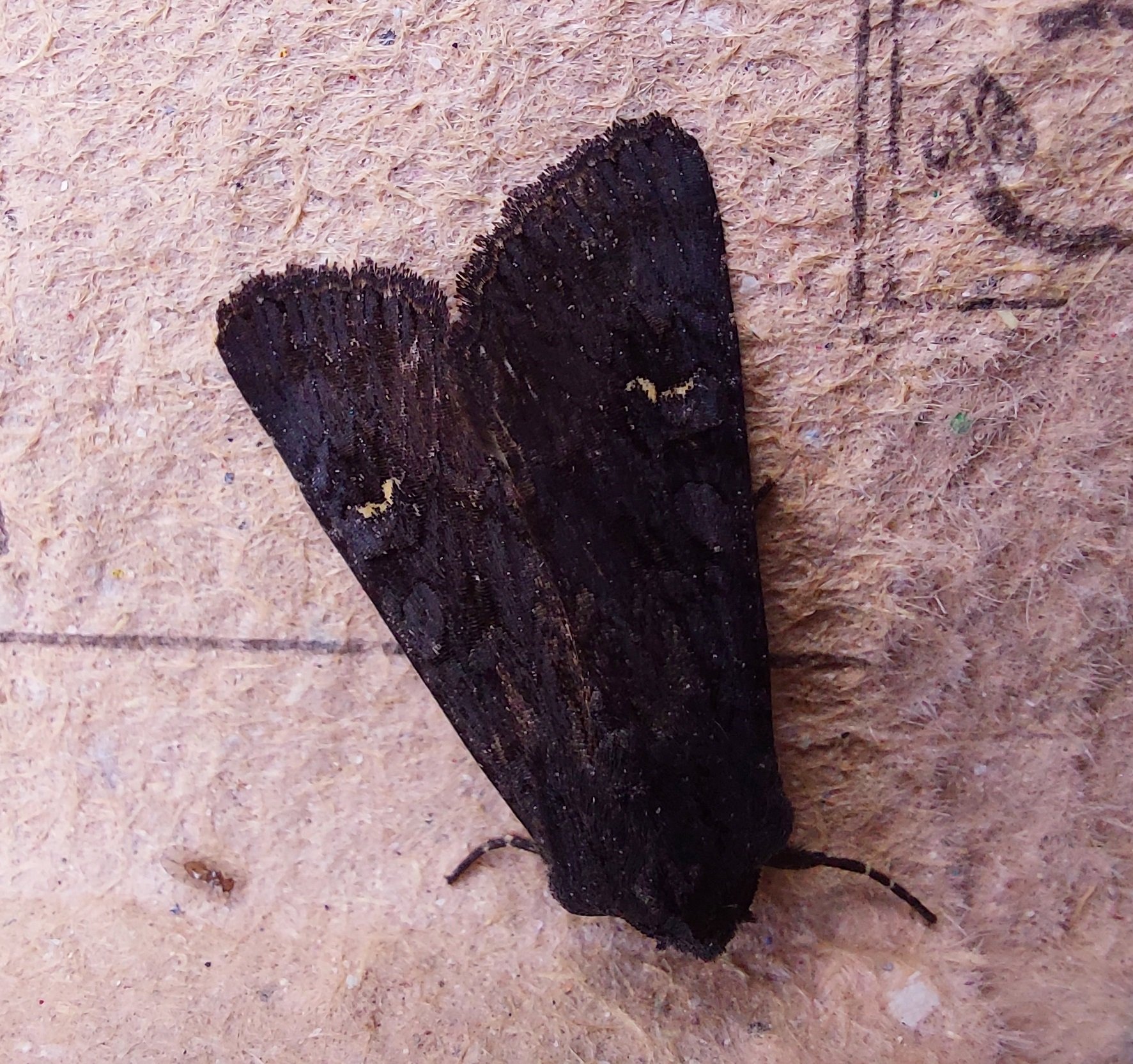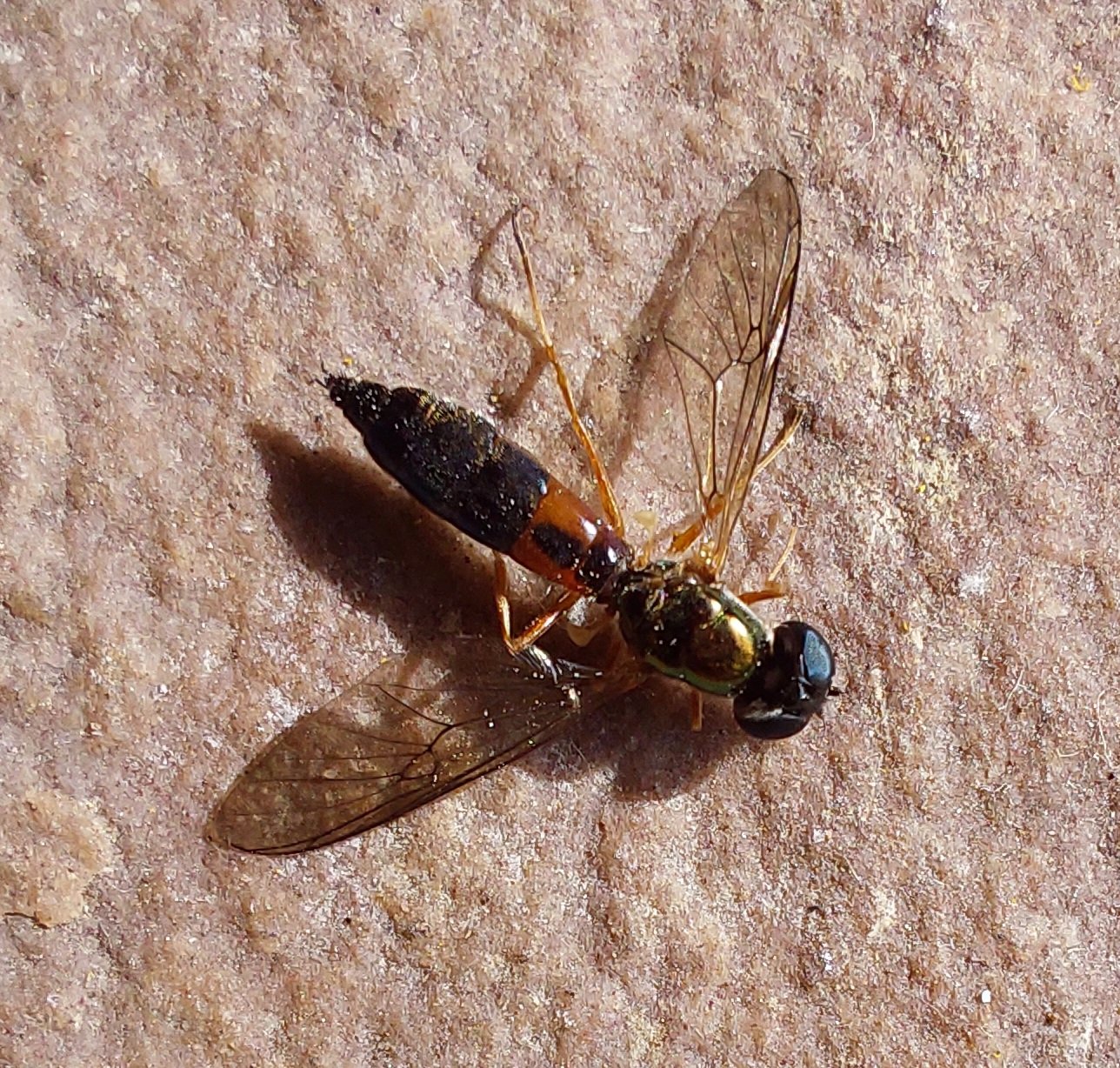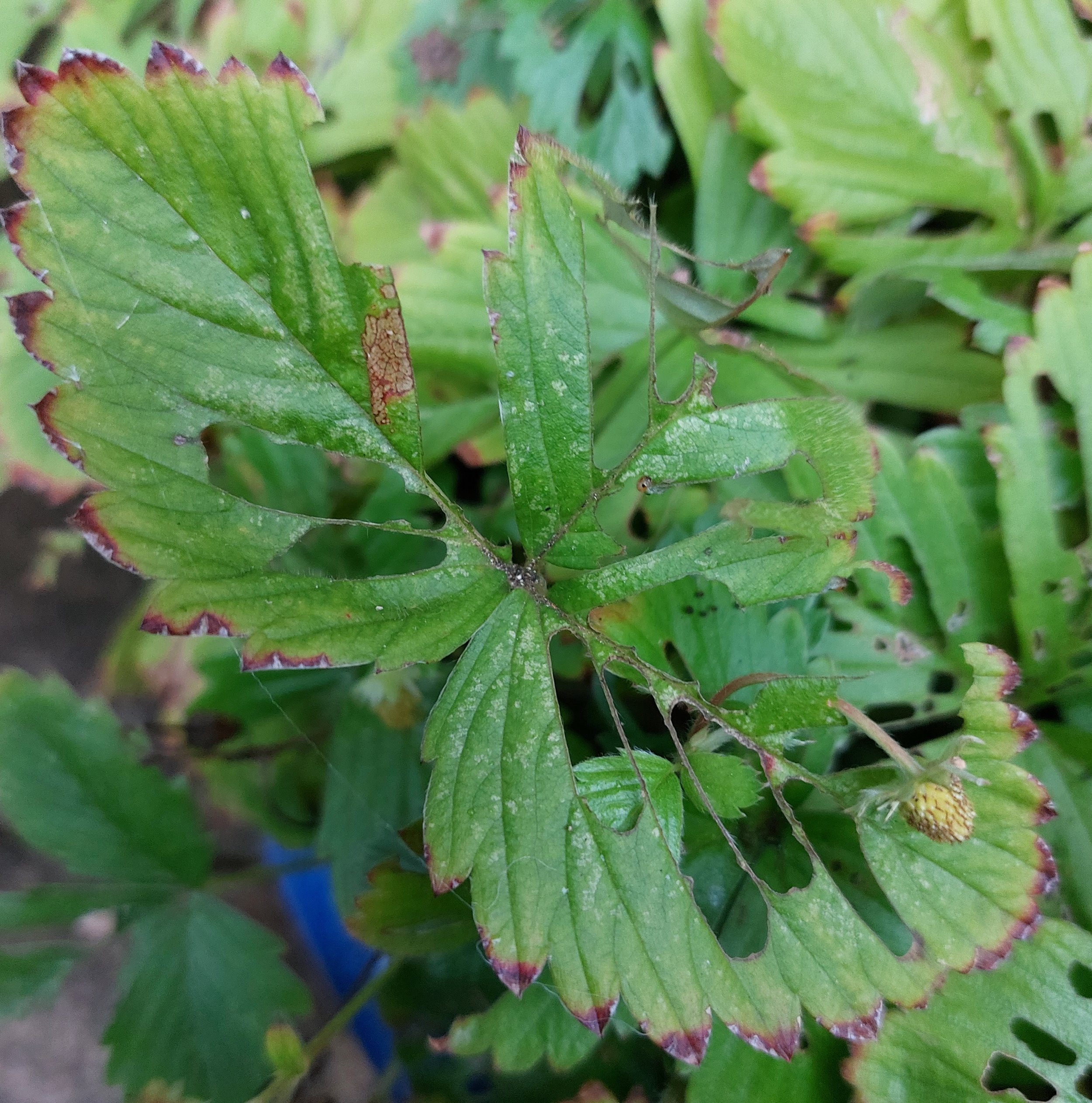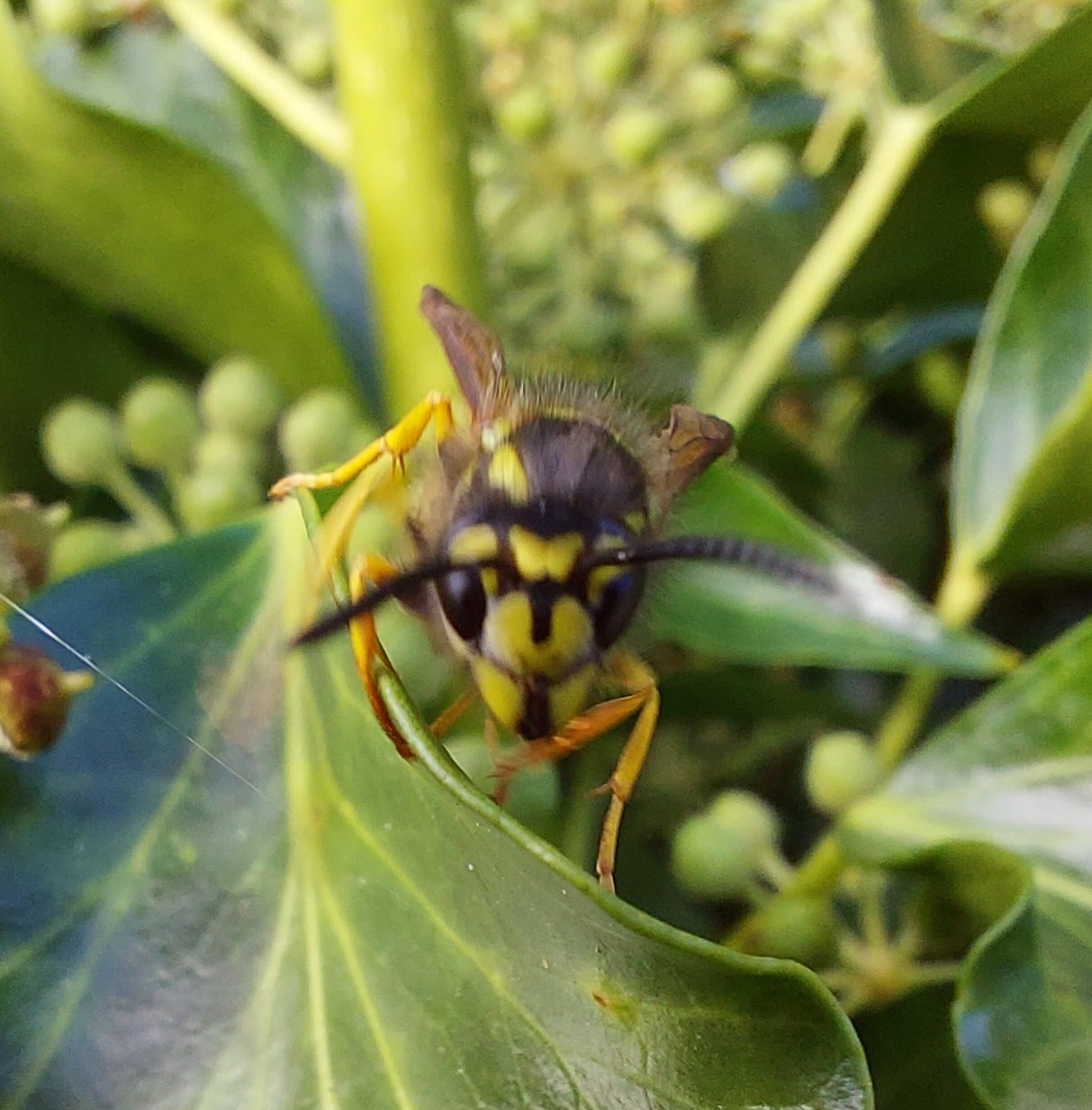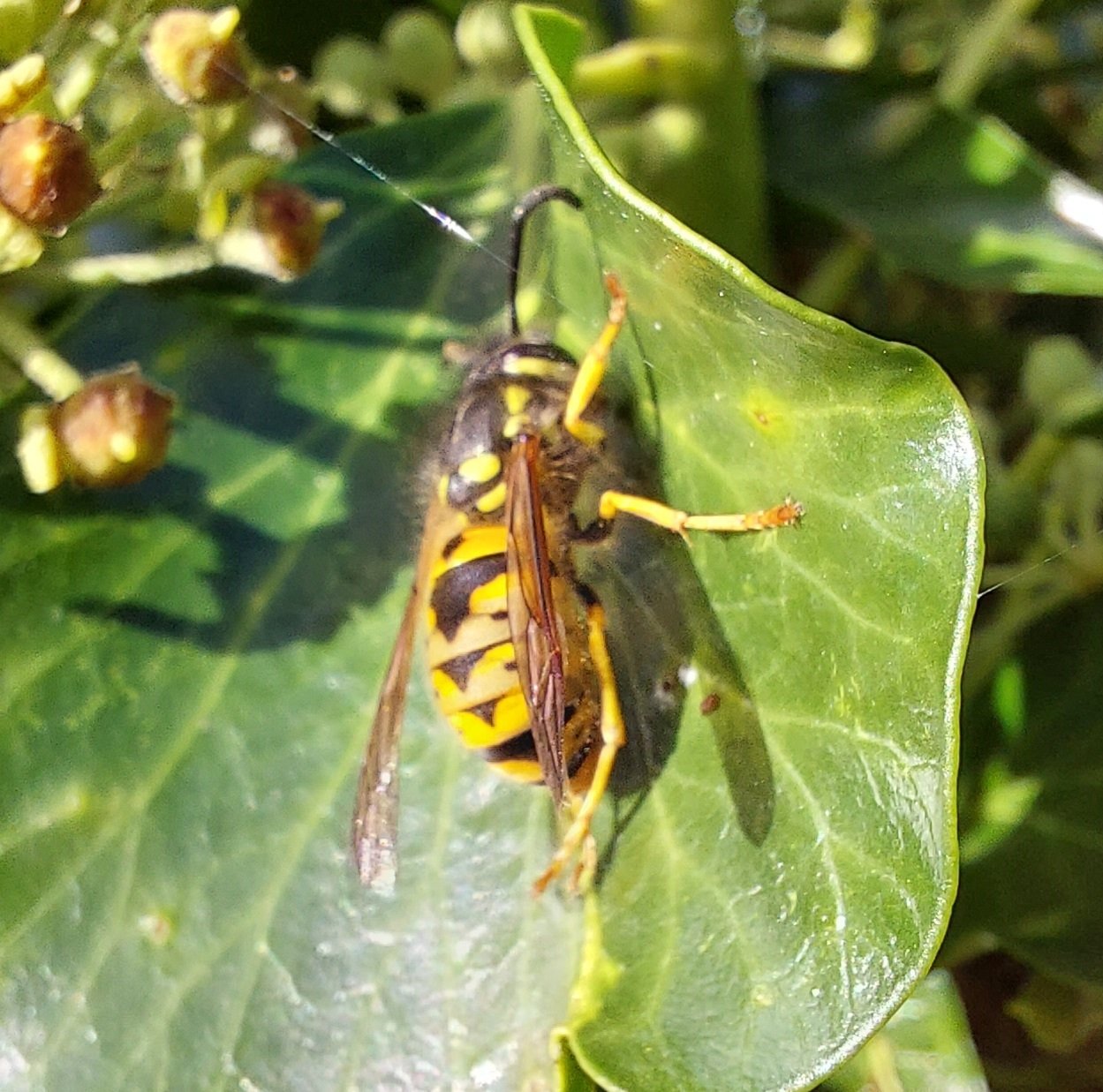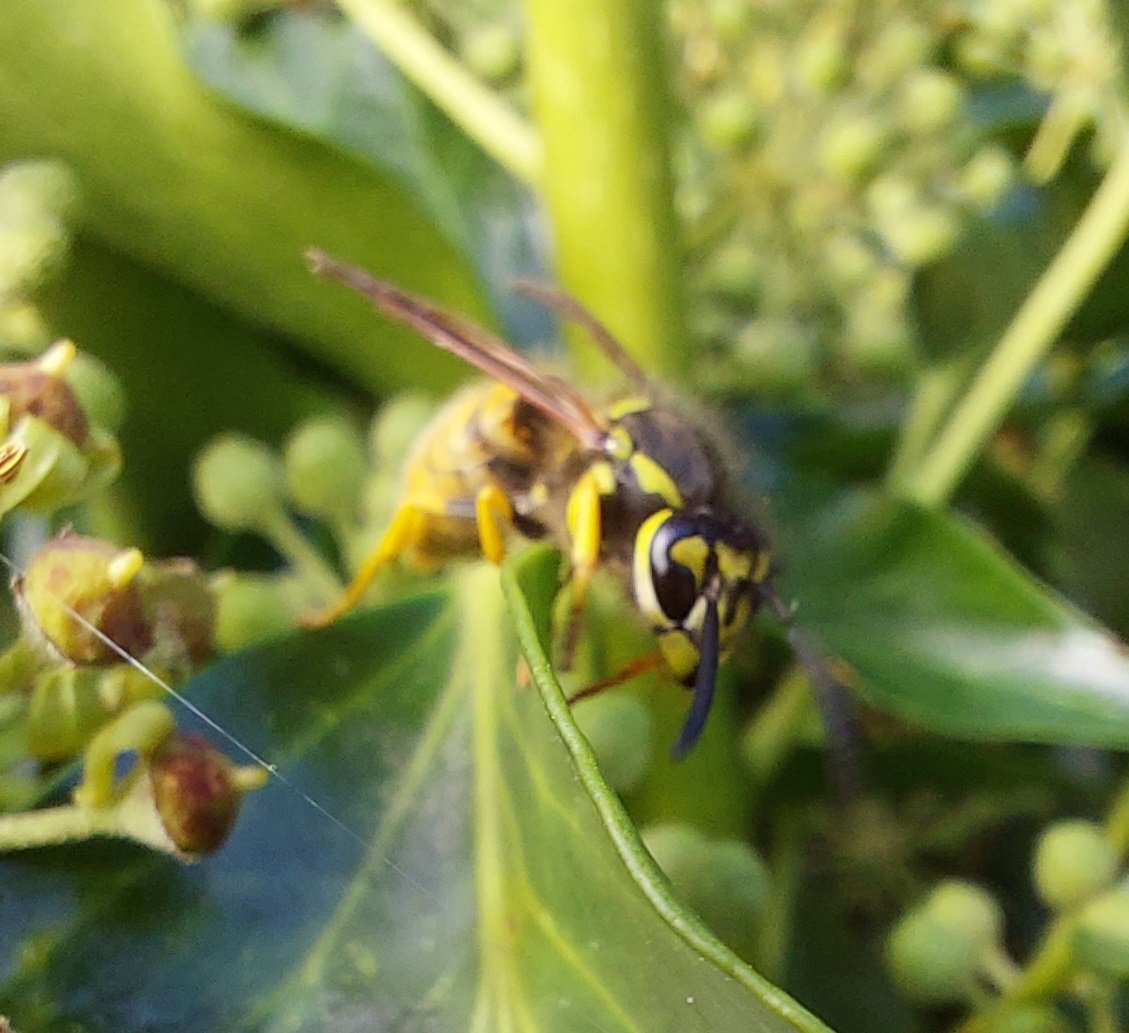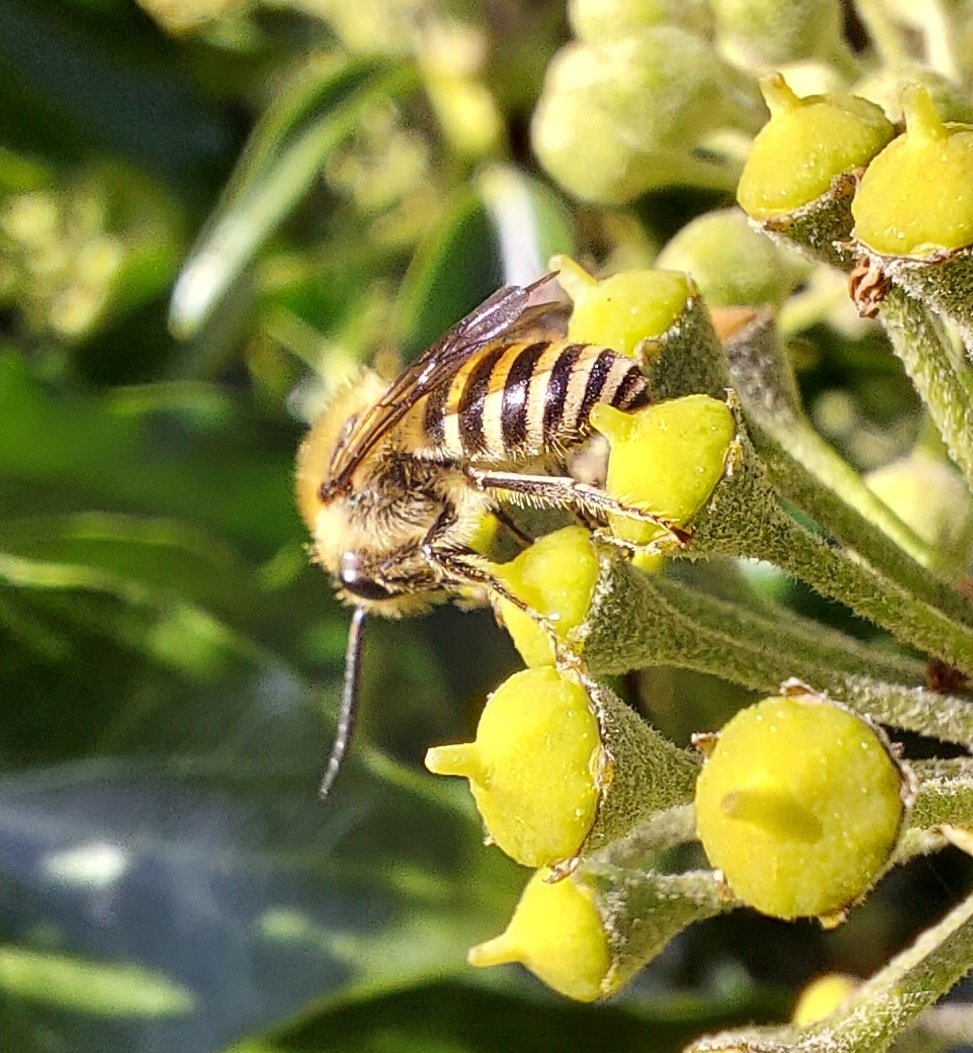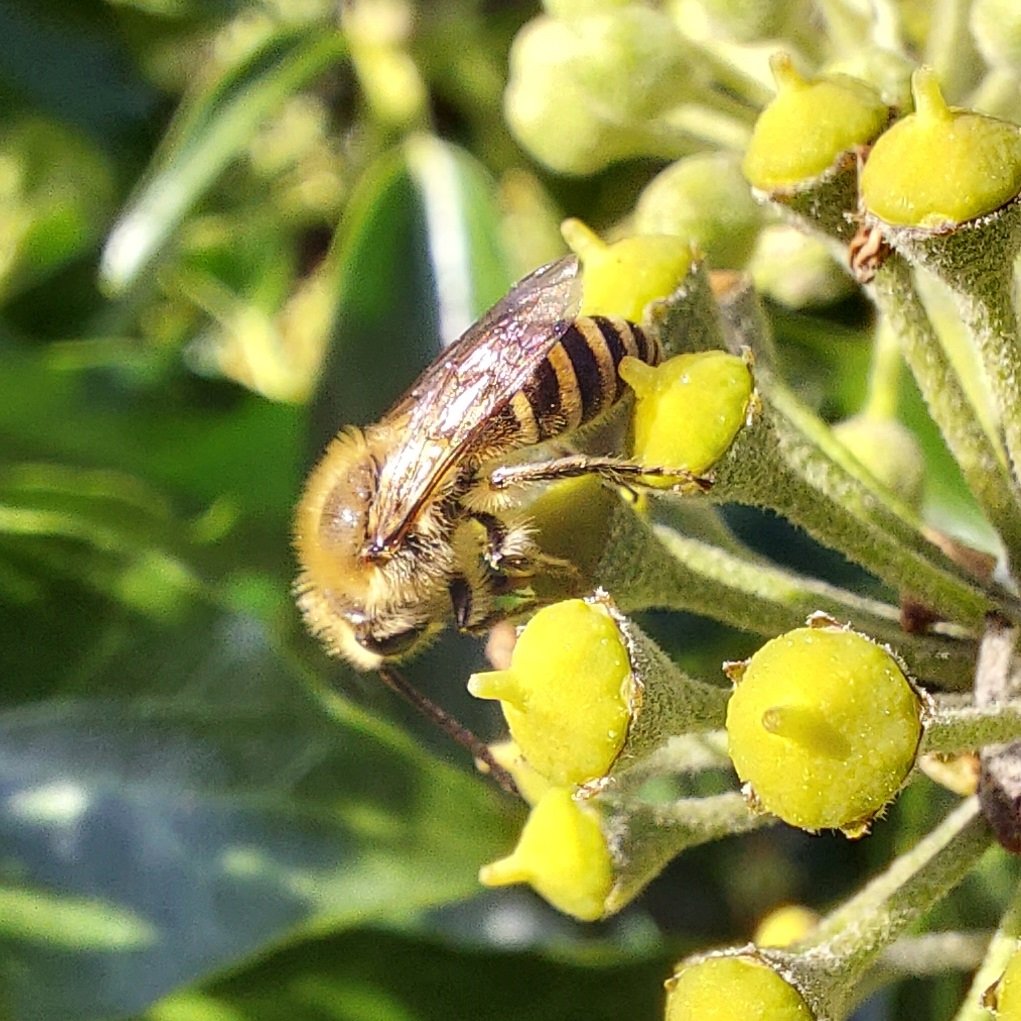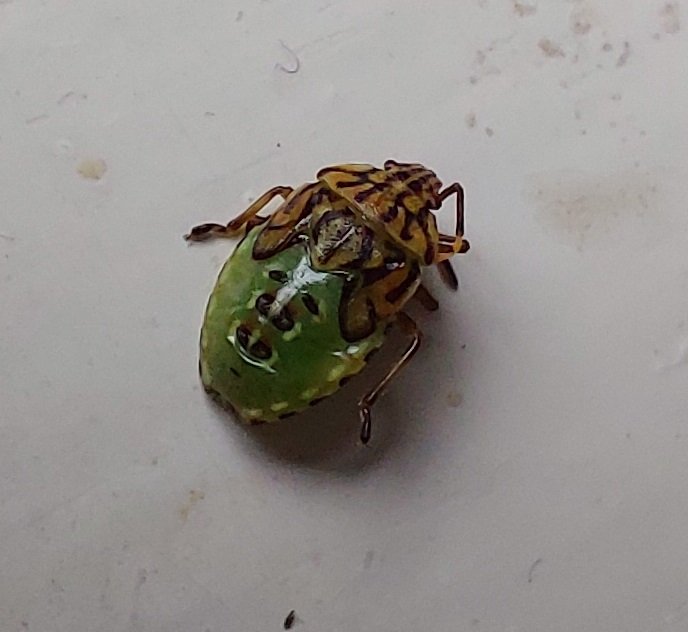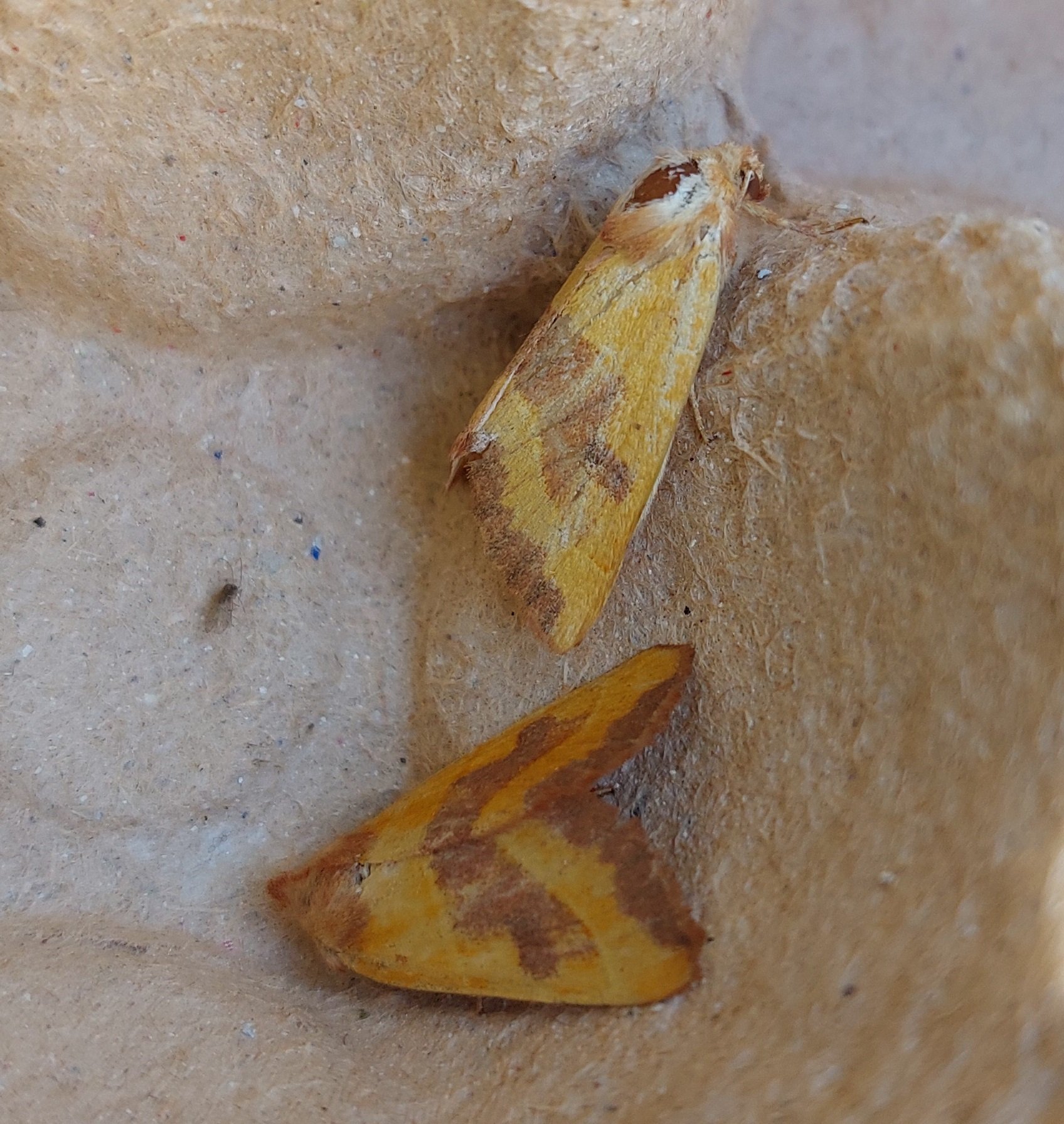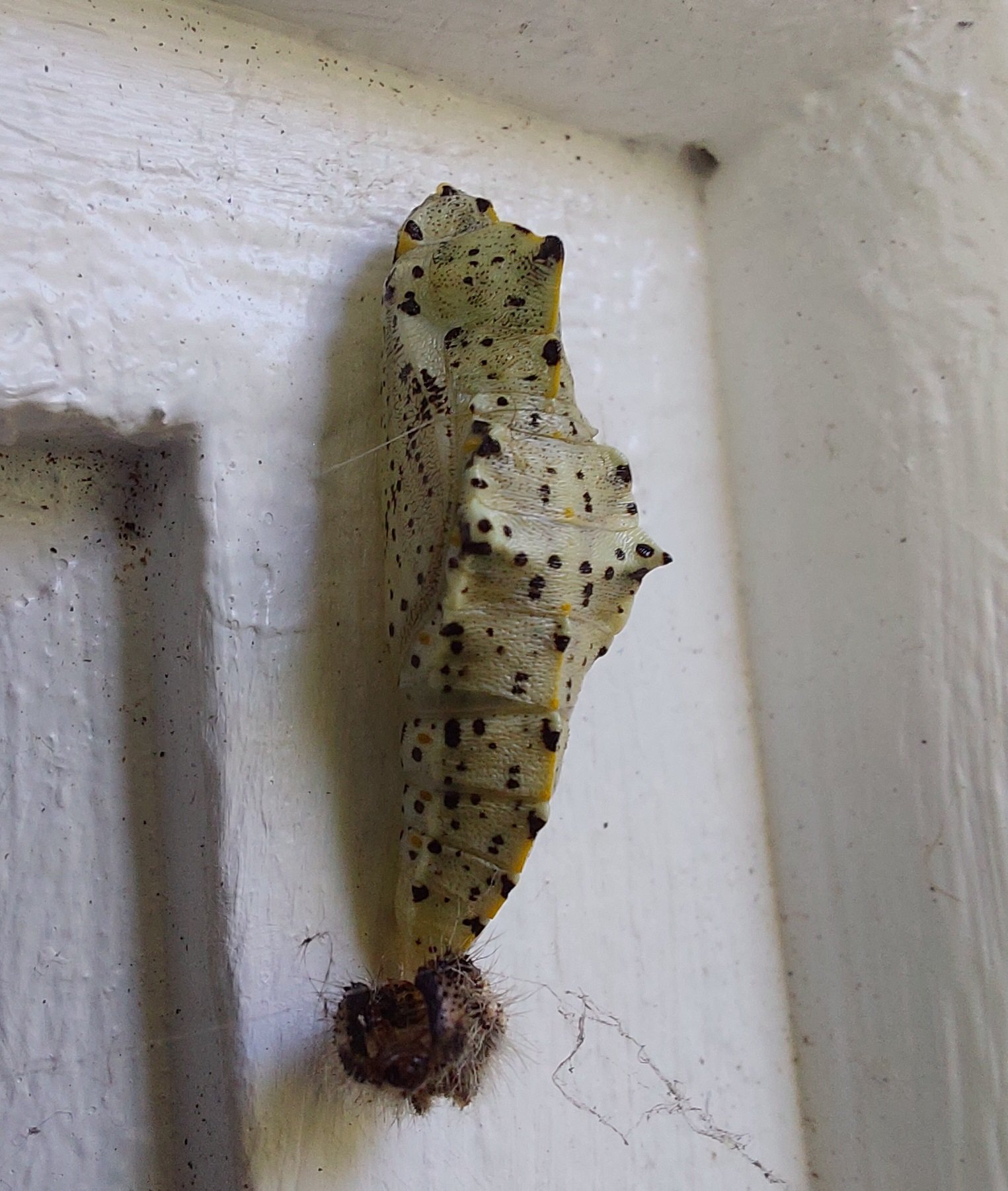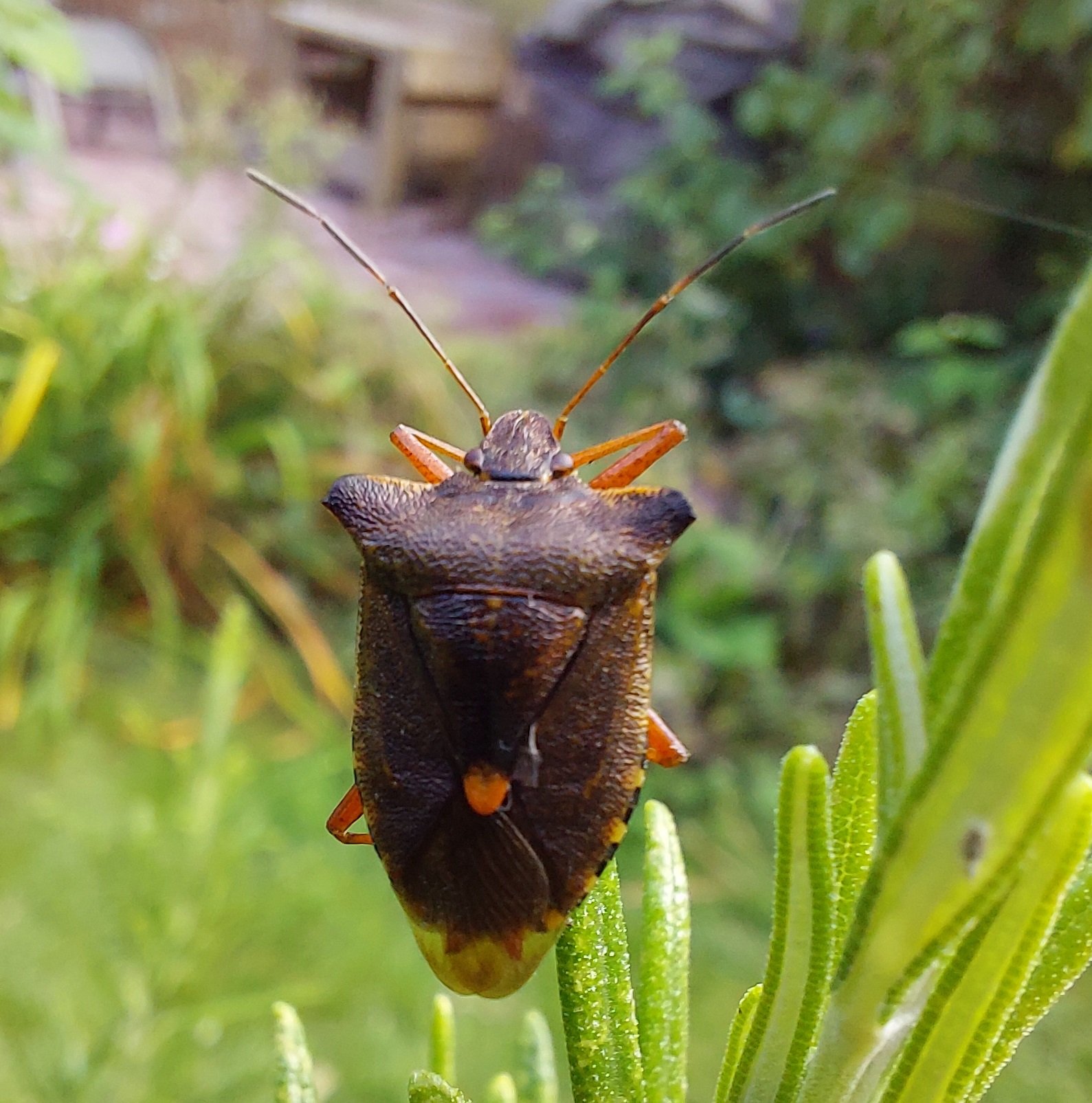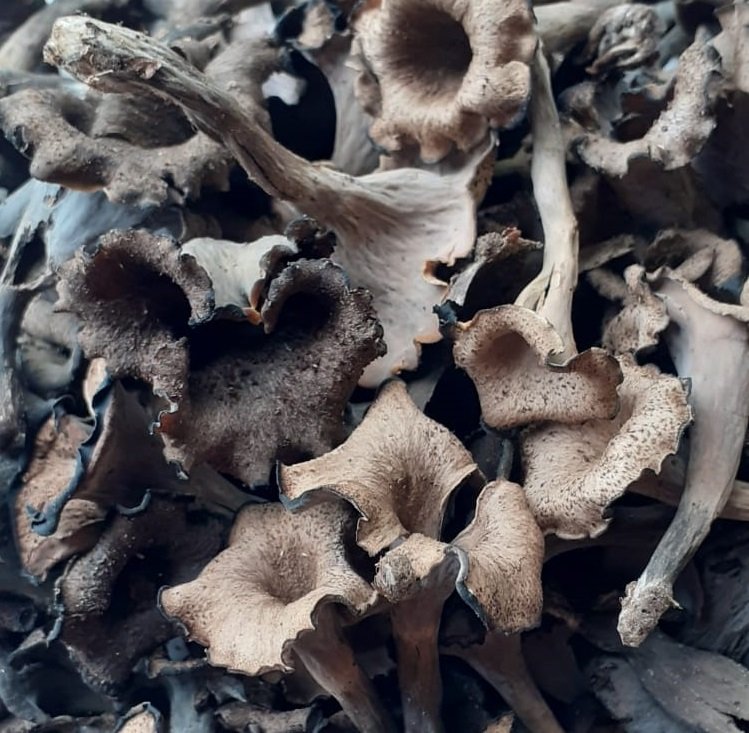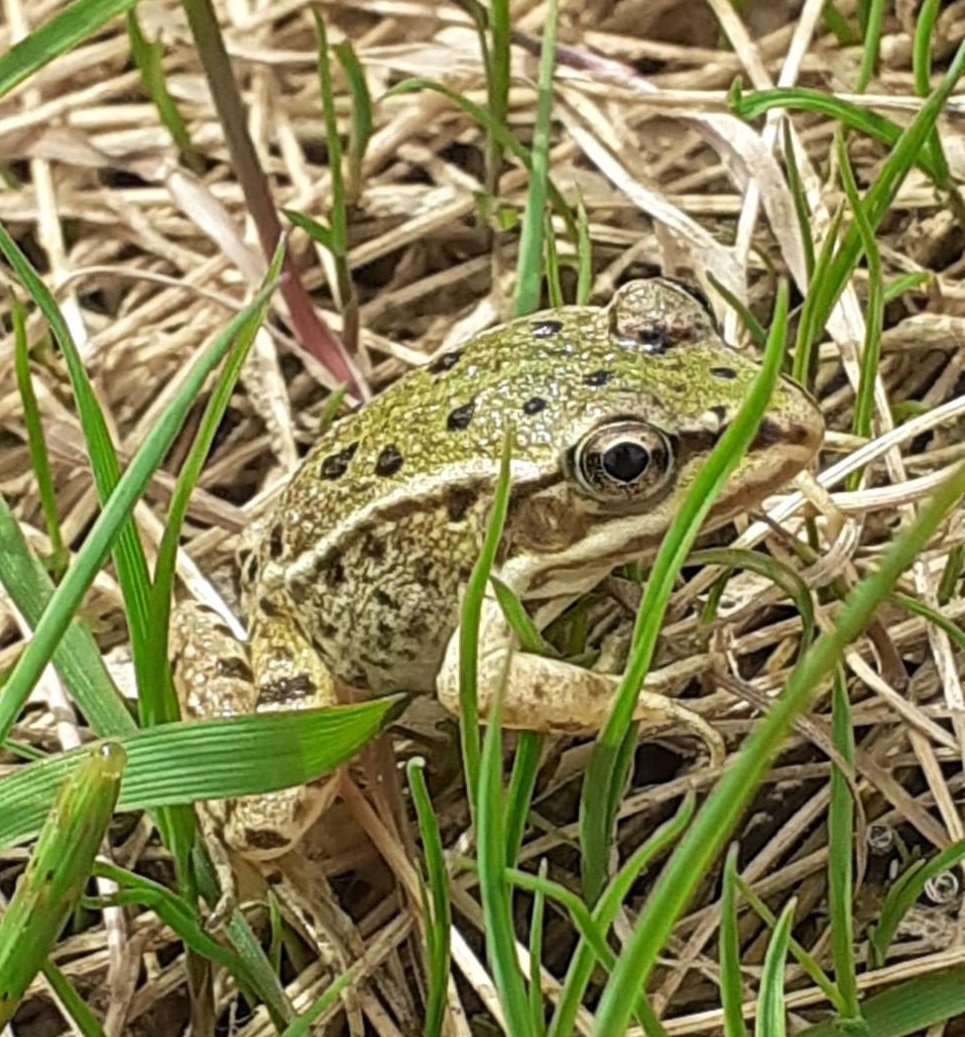We made a stop-over near Lac d’Orient in the North of France for a couple of days. There is a lot of nature to see there in the forest and around the lakes. Birds included Osprey, Black Storks, Purple Heron, Black Woodpecker and most surprising for me, a Black-winged Kite (Elanus caeruleus). The kites are spreading north from their stronghold in Spain, and have even turned up in UK, but this was my first in France and a good find so far North. With thousands of young Marsh Frogs all around the lakes, there was plenty of food for herons, storks and the dozens of great white egrets.
In the forest fungi were everywhere and lots of were people foraging. We picked Black Chanterelles (known in France, as Trompette de la Mort), which were very edible - great on pizza! The red Devil’s Fingers (or Octopus Stinkhorn) has an unpleasant smell of rotting-meat. It is an accidental introduction from Australia that was first found in France during the first world war, believed imported with military supplies.


